行業(yè)資訊
水穩(wěn)和混凝土的區(qū)別
來源:http://m.guixin.net.cn/ 日期:2022-09-15
水穩(wěn)和混凝土的區(qū)別是怎樣的?為了更好的利用材料進(jìn)行相對應(yīng)的工程施工,濟(jì)南水穩(wěn)砼廠家就來分析一番這個(gè)問題。
What is the difference between water stability and concrete? In order to make better use of materials for corresponding engineering construction, Jinan water stabilized concrete manufacturers will analyze this problem.
1、概念不同,混凝土是由膠凝材料,顆粒狀集料、水以及其它外加劑和摻合料按一定比例配制,經(jīng)均勻攪拌,密實(shí)成型,養(yǎng)護(hù)硬化而成的一種人工石材,而水穩(wěn)是采用水泥固結(jié)級配碎石,通過壓實(shí)完成。
1. Different concepts, concrete is an artificial stone made of cementitious materials, granular aggregates, water and other admixtures and admixtures in a certain proportion, after uniform mixing, dense molding, curing and hardening, while water stability is achieved by cement consolidated graded crushed stone and compaction.
2、物理反應(yīng)不同,混凝土具有流動(dòng)性、可塑性、抗分層離析泌水的性能及易抹面性等,水穩(wěn)具有隔水和穩(wěn)定性。
2. The physical reaction is different. The concrete has fluidity, plasticity, resistance to delamination, segregation and bleeding, and is easy to plaster. The water stability has water resistance and stability.
3、性質(zhì)不同,混凝土在荷載或溫濕度作用下會(huì)產(chǎn)生變形,主要包括彈性變形、塑性變形、收縮和溫度變形等?;炷猎诙唐诤奢d作用下的彈性變形主要用彈性模量表示。在長期荷載作用下,應(yīng)力不變,應(yīng)變持續(xù)增加的現(xiàn)象為徐變,應(yīng)變不變,應(yīng)力持續(xù)減少的現(xiàn)象為松弛。水泥穩(wěn)定碎石具有良好的板體性,它的水穩(wěn)性和抗凍性比石灰穩(wěn)定土好,但常會(huì)因水分變化而引起干縮裂縫。
3. Due to different properties, concrete will produce deformation under load or temperature and humidity, mainly including elastic deformation, plastic deformation, shrinkage and temperature deformation. The elastic deformation of concrete under short-term load is mainly expressed by elastic modulus. Under long-term load, the phenomenon of constant stress, continuous increase of strain is creep, constant strain, and continuous decrease of stress is relaxation. Cement stabilized macadam has good slab property, its water stability and frost resistance are better than lime stabilized soil, but it often causes dry shrinkage cracks due to water changes.
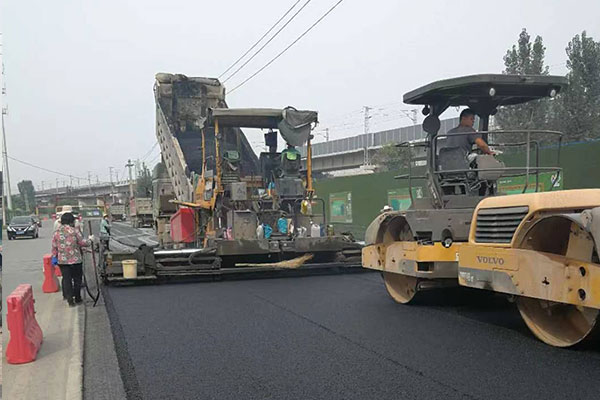

4、用途不同:混凝土拌合物重要的性能。它綜合表示拌合物的稠度、流動(dòng)性、可塑性、抗分層離析泌水的性能及易抹面性等。測定和表示拌合物和易性的方法和指標(biāo)很多,國內(nèi)主要采用截錐坍落筒測定的坍落度(毫米)及用維勃儀測定的維勃時(shí)間(秒),作為稠度的主要指標(biāo)。
4. Different uses: important performance of concrete mixture. It comprehensively represents the consistency, fluidity, plasticity, anti stratification, segregation and bleeding performance of the mixture, and ease of plastering. There are many methods and indicators for measuring and expressing the workability of the mixture. In China, the slump (mm) measured by the truncated cone slump cone and the Vibro time (s) measured by the Vibro meter are mainly used as the main indicators of consistency.
“水穩(wěn)料”是在一些建筑材料中(碎石土,碎石等),加入一定摻量的水泥(一般來講這個(gè)摻量沒有混凝土高,在5%左右,造價(jià)也比混凝土便宜),達(dá)到一定的穩(wěn)定效果。一般來講作為建筑的基層或者路面基層使用。具有一定程度的強(qiáng)度和隔水效果。而且剛度不是很大,具有一定的柔性作用。
"Water stabilized material" refers to adding a certain amount of cement into some building materials (crushed stone soil, crushed stone, etc.) (generally speaking, this amount is less than that of concrete, about 5%, and the cost is also cheaper than that of concrete) to achieve a certain stability effect. Generally speaking, it is used as the base course of buildings or pavement. It has certain strength and waterproof effect. And the stiffness is not very large, with a certain flexibility.
以上就是關(guān)于水穩(wěn)和混凝土的區(qū)別的全部內(nèi)容,希望對大家有所幫助。想了解更多相關(guān)內(nèi)容,請繼續(xù)關(guān)注我們的網(wǎng)站http://m.guixin.net.cn。
The above is all about the difference between water stability and concrete, and I hope it will be helpful to you. For more information, please continue to follow our website http://m.guixin.net.cn 。


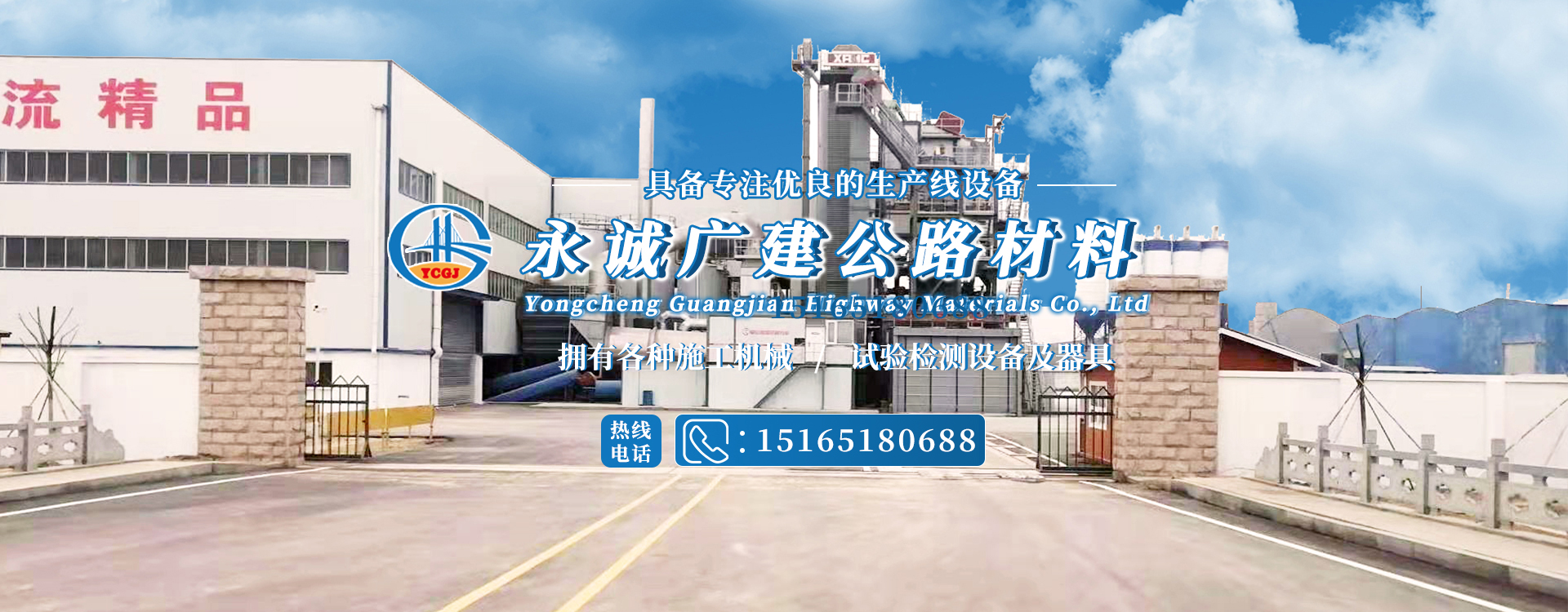
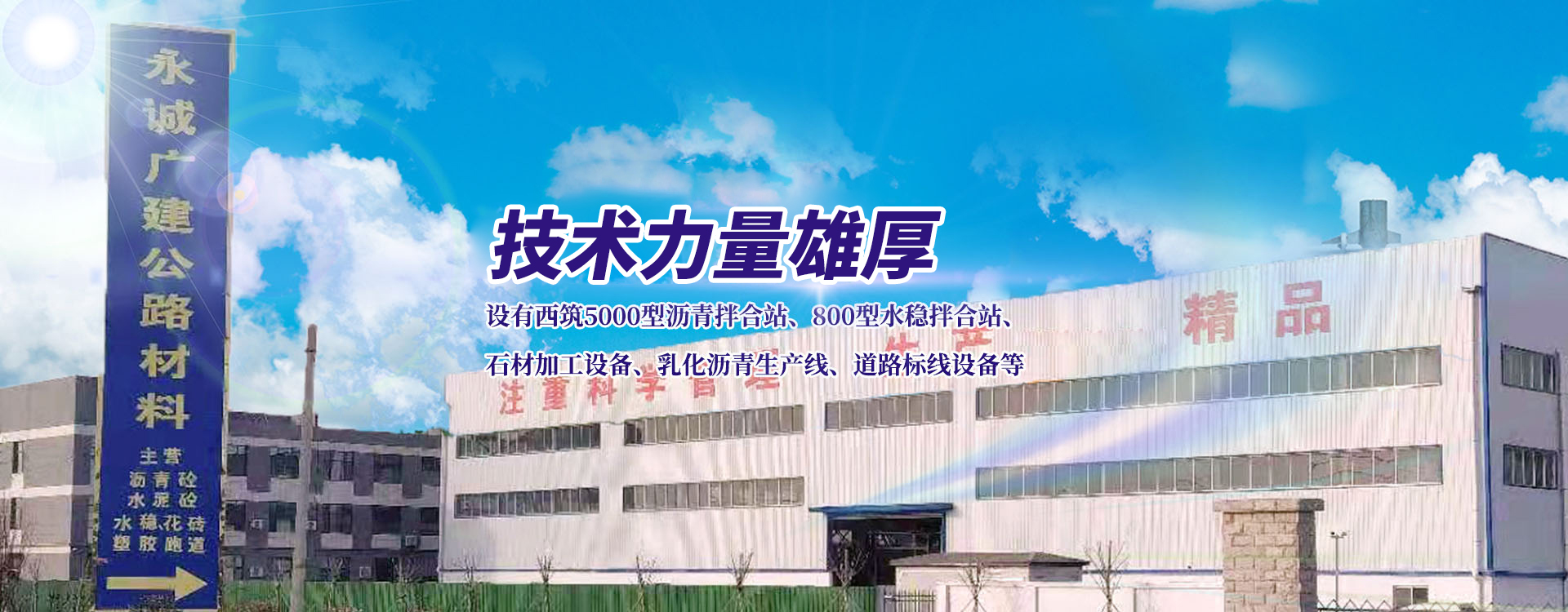
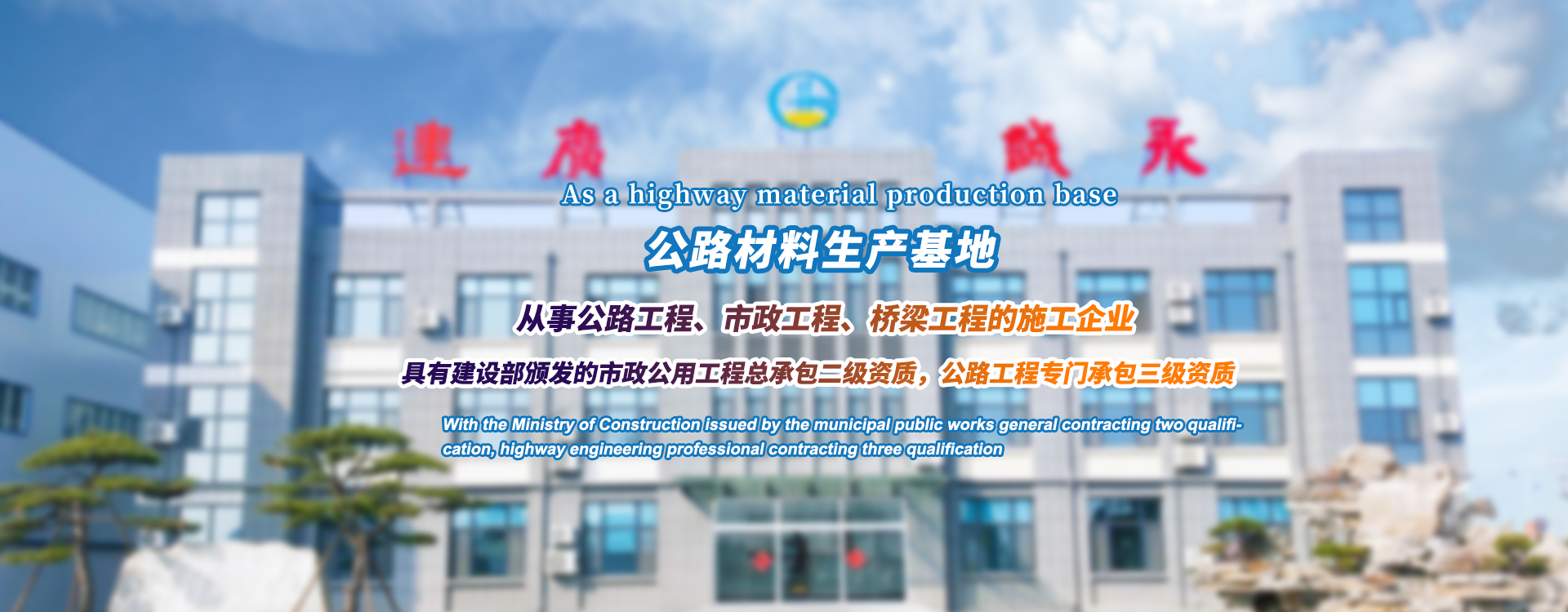


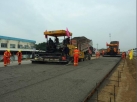




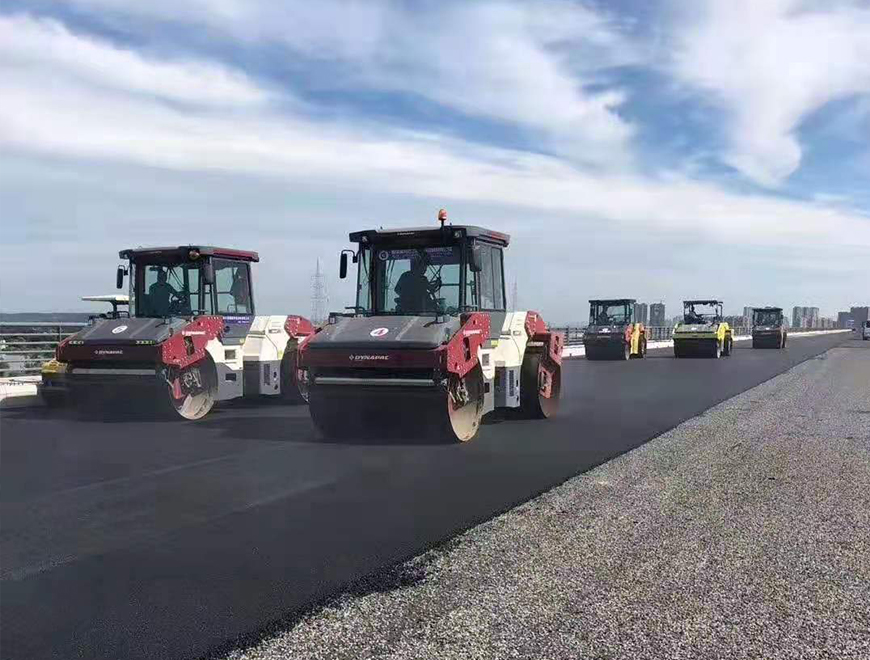

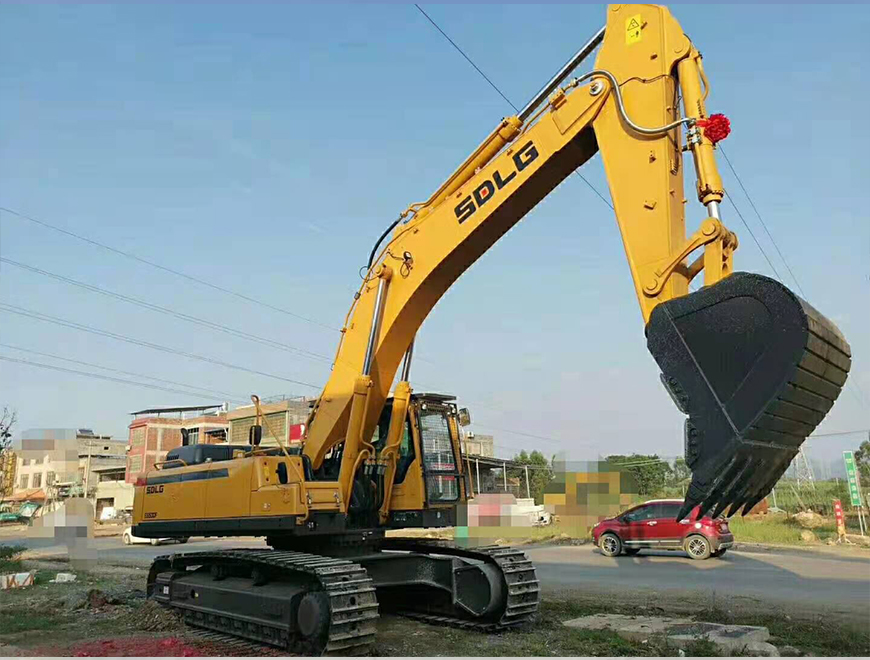






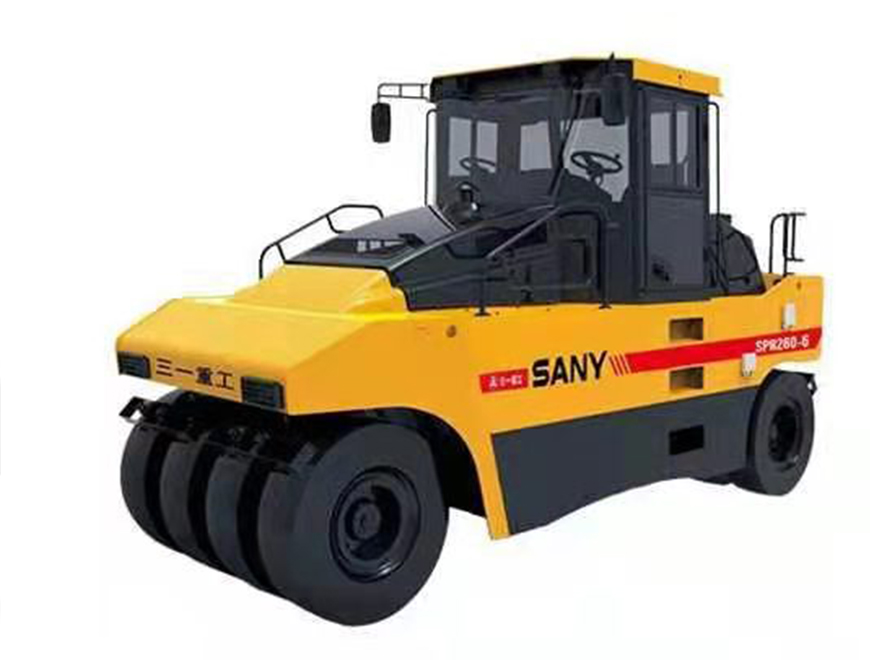
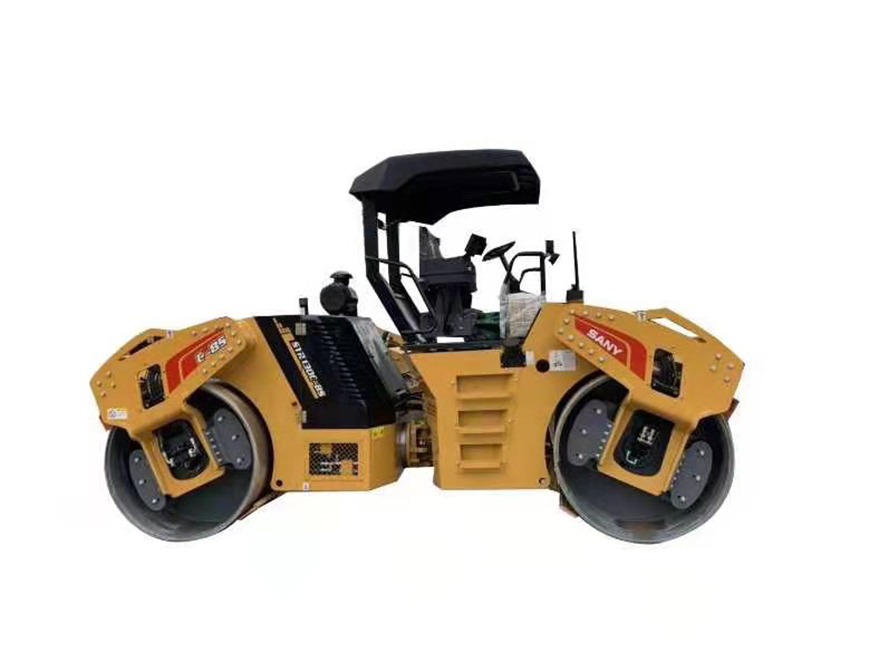






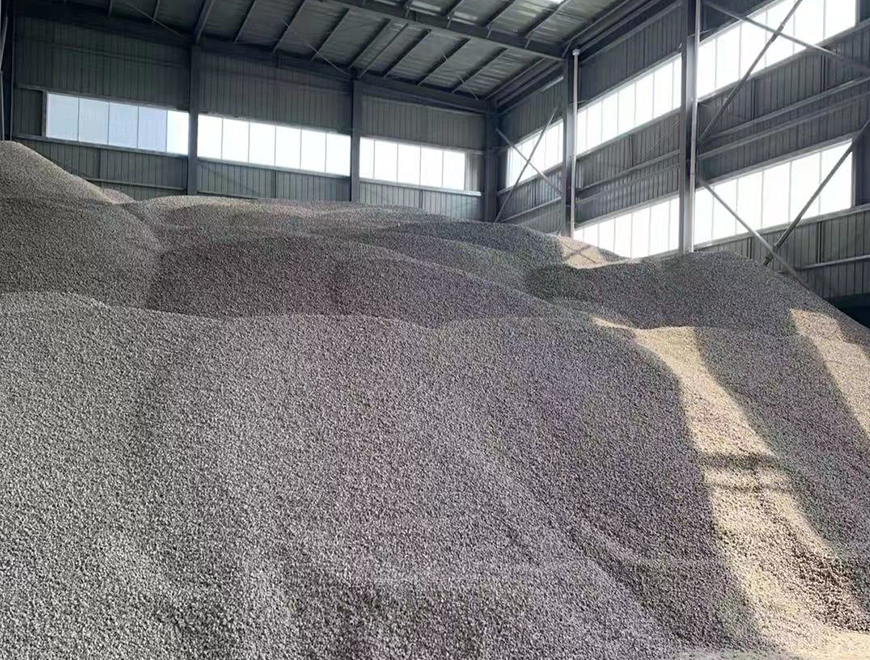





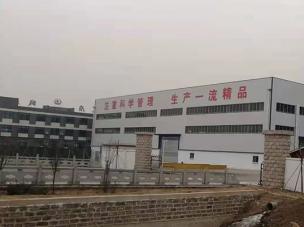


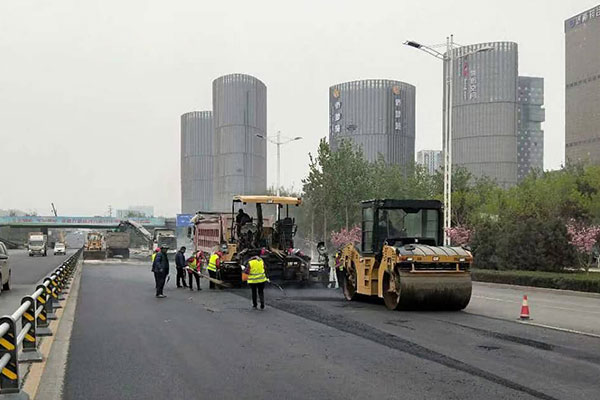

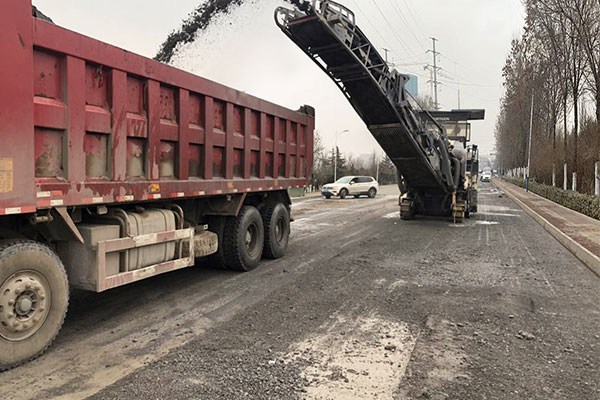

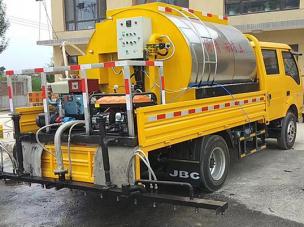


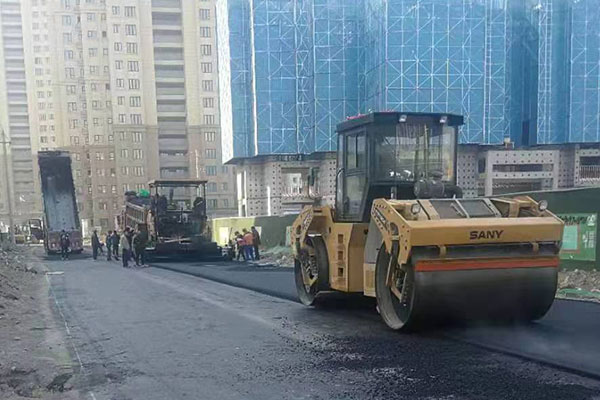





 公司地址:濟(jì)南市商河縣賈莊鎮(zhèn)民營經(jīng)濟(jì)創(chuàng)業(yè)園
公司地址:濟(jì)南市商河縣賈莊鎮(zhèn)民營經(jīng)濟(jì)創(chuàng)業(yè)園 公司名稱:永誠廣建公路材料(山東)有限公司
公司名稱:永誠廣建公路材料(山東)有限公司  備案號:
備案號: